Why Compliance Matters
- Protects children & pets
- Avoids fines & legal issues
- Increases property value
Ensures safety and secures your investment.
With safety regulations constantly evolving, being informed about glass pool fencing approvals is vital. Did you know that a compliant pool fence not only secures your property but can also enhance its value? Let’s unpack some essential takeaways that will guide you in ensuring a safe and aesthetically pleasing pool area.
Navigating council approvals for glass pool fencing can be complex. This visual outlines the crucial steps and documentation required, emphasizing the importance of compliance for safety and avoiding penalties.
Ensures safety and secures your investment.
Prepare these for a smooth application.
Crucial for preventing pool access.
Consult early for a smoother journey.
When it comes to installing a beautiful glass pool fence, understanding council approvals is crucial. I’ve seen firsthand how navigating the approval process can be overwhelming for homeowners and property managers alike. But don’t worry! With the right knowledge, you can ensure that your installation meets all necessary regulations and enhances your outdoor space safely.
By prioritizing compliance with Australian regulations, you not only protect your investment but also create a safe environment for families and friends. After all, a stunning glass fence is not just a visual enhancement; it's a vital safety feature!
Compliance with regulations is fundamental for several reasons. First and foremost, it keeps children and pets safe around pools, significantly reducing the risk of accidents. Plus, adhering to these standards can prevent costly penalties and fines down the road. Think of compliance as an essential step, not just an annoying hurdle!
By understanding the importance of compliance, you ensure a safer environment while also adding value to your home. Remember, a compliant glass pool fence is an investment in both safety and aesthetics!
Local councils play a pivotal role in the approval process for glass pool fencing. Each council has specific guidelines that align with state regulations, and these can vary significantly. It's essential to familiarize yourself with your local council's requirements before beginning your project.
They often assess applications based on factors like design, safety features, and zoning laws. Engaging with your local council early on can help clarify regulations and simplify your approval journey.
Preparing the right documentation is vital for a smooth approval process. Here’s a checklist of key compliance documents you’ll typically need:
Having these documents ready will streamline your application and may help avoid unnecessary delays. Remember, being well-prepared is half the battle!
Understanding the key regulations surrounding glass pool fencing is essential for both safety and compliance. In Australia, these regulations are designed to protect everyone who enjoys a pool. Let’s dive into what you need to know!
There are several safety standards you should be aware of to ensure your glass pool fence complies with regulations. The Australian standards primarily focus on preventing access to the pool area, maintaining structural integrity, and ensuring visibility. For instance, the Safety Barrier Guidelines for Pools from the CPSC (Consumer Product Safety Commission) provide comprehensive information on effective pool barriers. Here are some of the critical standards:
By adhering to these standards, you’ll create a safer environment while also ensuring your installation is legally compliant.
Non-climbable zones are crucial when it comes to the design of your pool fence. This area, typically a zone of 300mm, ensures that children cannot use surrounding structures to gain access to the pool. It’s an essential concept that helps maintain the safety integrity of your pool area! For more detailed guidelines on what constitutes a non-climbable zone and other pool fence code compliance, refer to resources like All Safe Pool's guide on pool fence code compliance.
By paying attention to non-climbable zones, you contribute to a safer outdoor environment for everyone.
Building codes vary across different regions, so it’s important to check with your local council for specific rules. Typically, these codes dictate the materials used, the height of the fence, and the type of gate mechanisms required. Knowledge of these regulations will help you avoid costly mistakes during your project. For examples of specific state regulations, you might look into documents like North Carolina's environmental health rules for public swimming pools, which provides a detailed look at how regulations are structured.
Always remember, when in doubt, reaching out to professionals like our team at Pool Fencing Pros can provide clarity and assistance in navigating these regulations.
What is your top priority when considering a glass pool fence installation? Share your thoughts below:
As we wrap up our discussion on glass pool fencing approvals, it’s crucial to keep in mind that being informed about regulations is essential. Understanding the local council’s requirements and the broader Australian regulations is the first step toward ensuring a smooth installation process. Knowledge is power, and it will help you avoid potential pitfalls.
One of the key takeaways is that compliance isn't just about following the rules; it’s about ensuring the safety of your loved ones. By adhering to these guidelines, you're not only protecting your property but also providing peace of mind for yourself and your guests. So let’s dive deeper into why staying informed is so important!
In the ever-evolving landscape of pool safety, regulations can change, making it vital to stay updated. Here are a few reasons why keeping informed is key:
By keeping abreast of these regulations, you not only ensure compliance but also enhance the safety and aesthetic appeal of your outdoor space.
At Pool Fencing Pros, we believe that safety should always be a priority. Encouraging compliance can foster a culture of safety in your community. Here’s how:
Emphasizing safety not only protects your loved ones but also builds trust in your community, making it a safer place for everyone.
When it comes to navigating the complexities of pool fencing approvals, engaging with professionals can be invaluable. As someone with over a decade of experience in this field, I’ve seen firsthand how expert guidance can make a difference. Let’s explore how professionals can assist you in this journey!
Hiring professionals like those at Pool Fencing Pros can streamline your approval process significantly. Here’s how they can help:
With expert help, you’ll not only have peace of mind but also save time and potentially avoid costly mistakes.
Now that you've got the basics down, it’s time to prepare your application. Here’s a simple checklist to guide you:
Taking these steps not only sets you up for success but also ensures that your application stands the best chance of approval.
As a homeowner, it’s essential to recognize your responsibilities regarding pool fencing compliance. Here are key legal requirements to keep in mind:
By understanding your legal obligations, you can maintain a safe environment while enjoying your pool to the fullest! Let’s make sure your outdoor space is both beautiful and compliant.
Here is a quick recap of the important points discussed in the article:
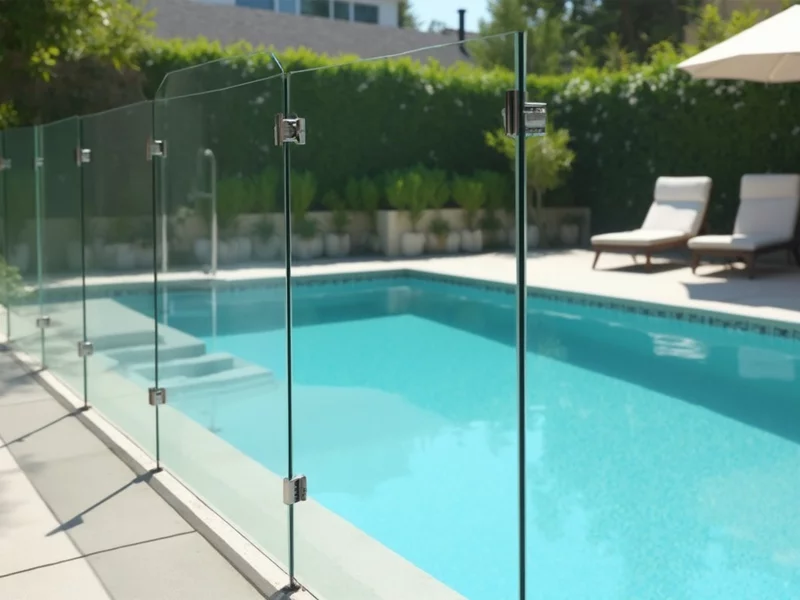
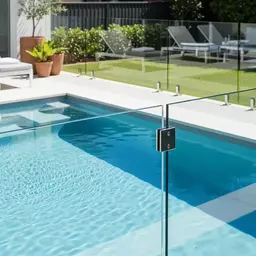 Did you know that neglecting glass pool fencing maintenance can lead to both safety risks and dimini
Did you know that neglecting glass pool fencing maintenance can lead to both safety risks and dimini
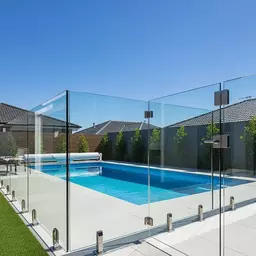 Considering a glass pool fence? Understanding the costs involved can save you from unexpected expens
Considering a glass pool fence? Understanding the costs involved can save you from unexpected expens
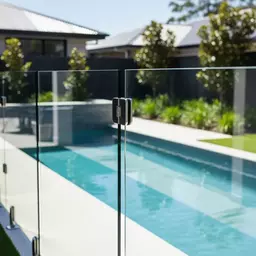 As you create your haven by the pool, have you considered that safety and style can coexist? Glass p
As you create your haven by the pool, have you considered that safety and style can coexist? Glass p
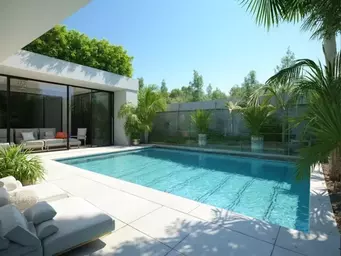 Consider this: a beautifully designed glass pool fence not only enhances the aesthetic of your outdo
Consider this: a beautifully designed glass pool fence not only enhances the aesthetic of your outdo